Email:
sales@hypersolidmetal.comWhatsapp:
8618625975081
Email:
sales@hypersolidmetal.comWhatsapp:
8618625975081
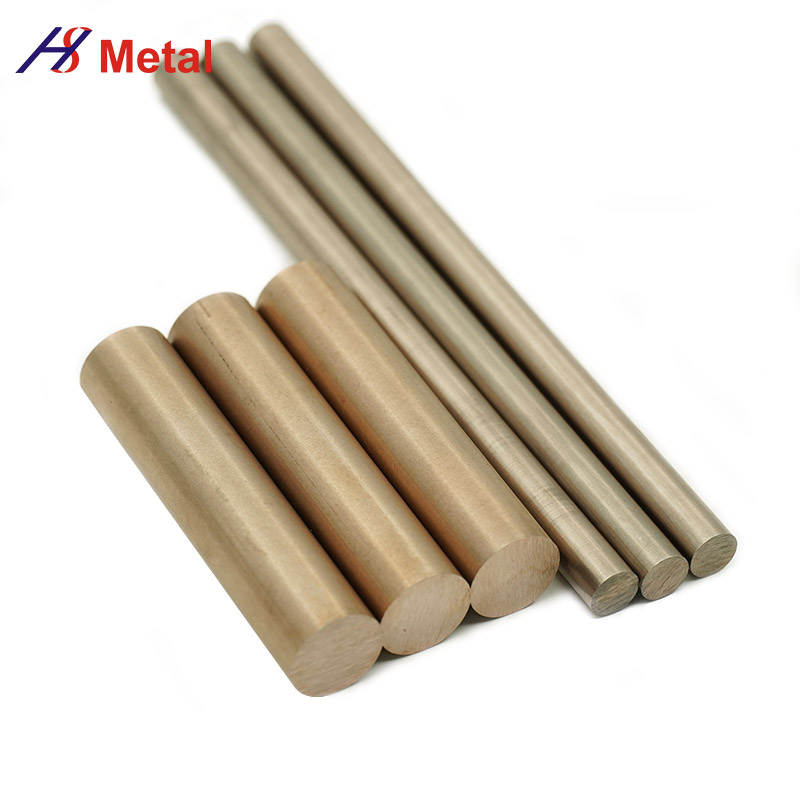
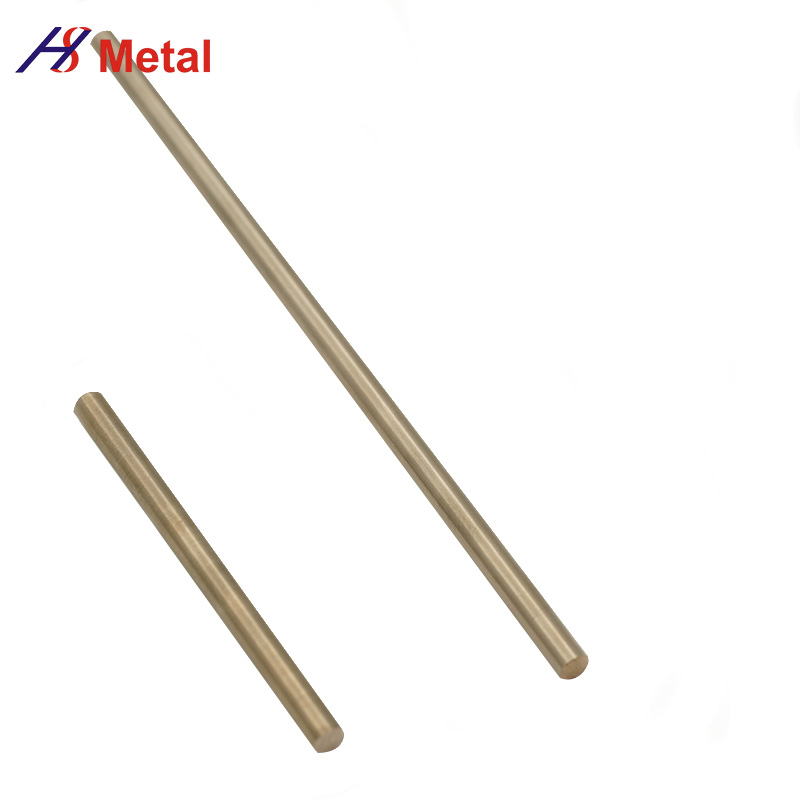


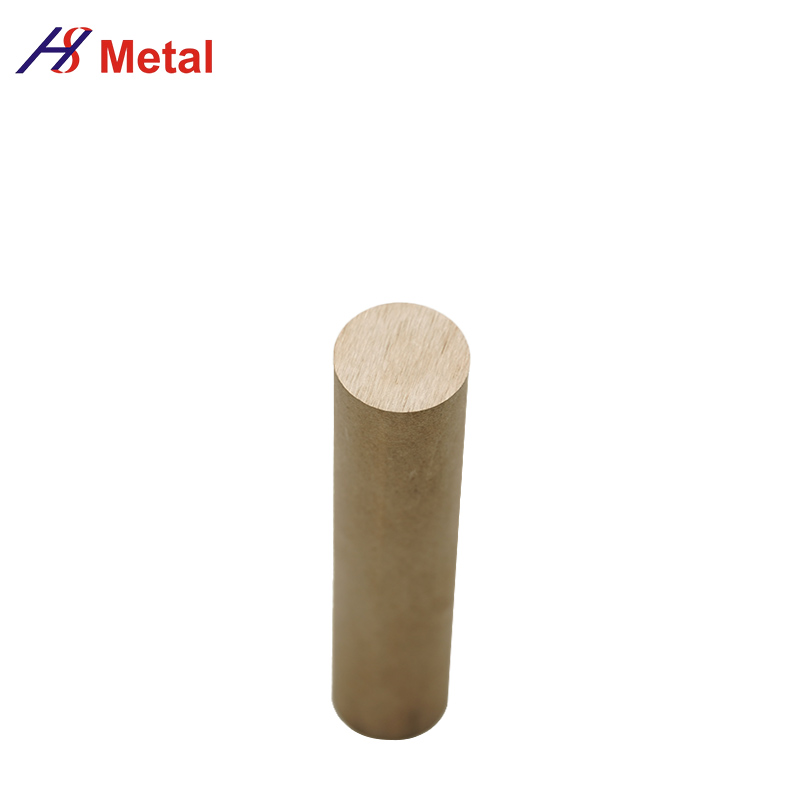
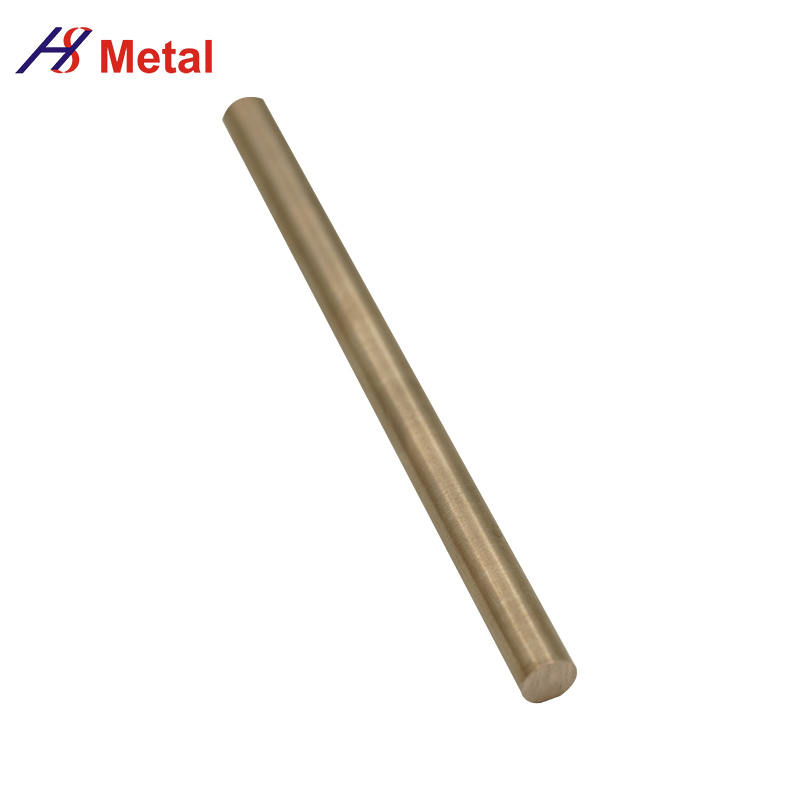
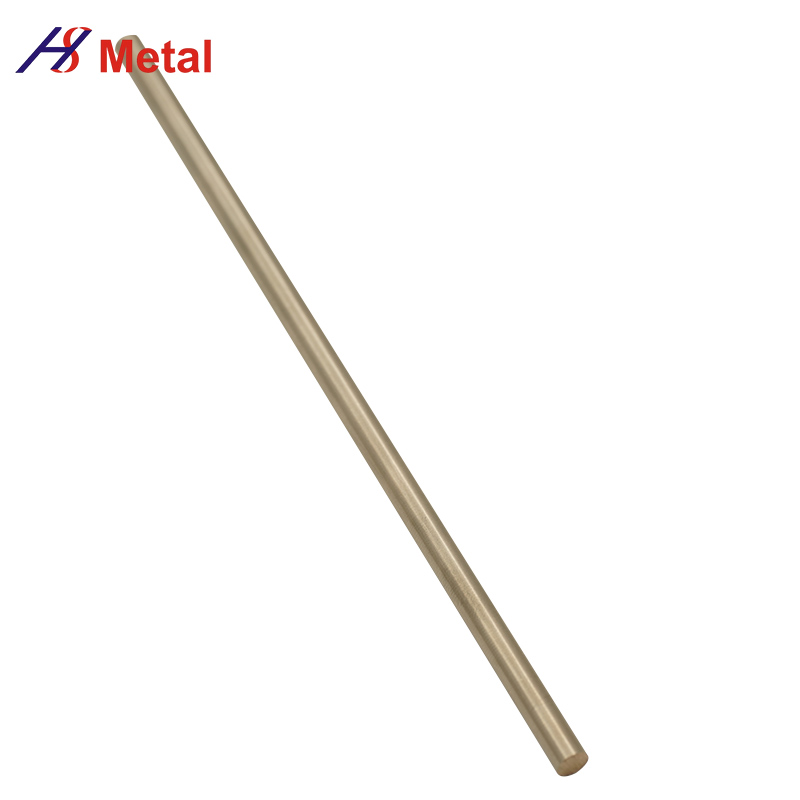
| Physical Properties | Tungsten-Copper Electrodes |
|---|---|
| Density | High density, approximately 18.0 g/cm³ |
| Melting Point | Approximately 3,400°C (6,152°F) |
| Thermal Conductivity | Excellent thermal conductivity |
| Electrical Resistivity | Relatively low |
| Coefficient of Thermal Expansion | Low coefficient of thermal expansion |
| Flexural Strength | High flexural strength |
| Corrosion Resistance | Good corrosion resistance |
| Wear Resistance | Good wear resistance |
| Machinability | High machinability |
| Lifespan | Relatively long |
| Grade | level | Element | Class# | Hardness | Electrical conductivity |
| Elkonite10055 | 1W3 | 55W,45Cu | 10 | 70HRB | 49%IACS |
| Elkonite10068 | 3W3 | 68W,32Cu | 83HRB | 42%IACS | |
| Elkonite10070 | 5W3 | 70W,30Cu | 11 | 88HRB | 42%IACS |
| Elkonite10075 | 10W3 | 75W,25Cu | 92HRB | 38%IACS | |
| Elkonite10080 | 30W3 | 80W,20Cu | 12 | 98HRB | 34%IACS |
| Elkonite10250 | TC5 | 50WC,50Cu | 94HRB | 45%IACS | |
| Elkonite10256 | TC10 | 56WC,44Cu | 100HRB | 42%IACS | |
| Elkonite1027 | TC20 | 70WC,30Cu | 37HRC | 30%IACS |
1.High Temperature Stability: Tungsten-copper electrodes exhibit excellent high-temperature stability, allowing them to maintain their structure and performance under extreme temperature conditions. This makes them highly useful in applications that require operation in high-temperature environments, such as high-temperature welding and vacuum arc melting.
2.Thermal Conductivity and Thermal Diffusivity: Tungsten-copper electrodes possess outstanding thermal conductivity, enabling them to rapidly transfer heat and maintain a stable electrode temperature. Additionally, tungsten-copper electrodes have a low coefficient of thermal expansion, reducing the risk of deformation caused by thermal stress and cycles.
3.Electrical Conductivity: Tungsten-copper electrodes demonstrate excellent electrical conductivity. The high electrical conductivity of copper facilitates efficient current transfer, reducing energy loss and providing stable arc and current output.
4.Corrosion Resistance: Tungsten-copper electrodes exhibit good corrosion resistance, allowing them to remain stable in acidic and alkaline environments. This makes them highly valuable in chemical processing and electrochemical applications.
5.Mechanical Strength: Due to the high density of tungsten and the high flexural strength of copper, tungsten-copper electrodes possess exceptional mechanical strength. This enables them to withstand external stress and vibration, thereby extending their lifespan.
6.Machinability: Tungsten-copper electrodes generally offer good machinability, allowing for cutting, drilling, welding, and other processing operations to meet various application requirements.

1.Welding and Brazing: Tungsten-copper electrodes are widely used in welding and brazing applications. They are employed in high-temperature welding, arc welding, and resistance welding processes, providing stable arcs and high thermal conductivity.
2.Spark Machining: Tungsten-copper electrodes play a crucial role in spark machining. They are used in Electrical Discharge Machining (EDM) processes, generating high-energy pulses through discharge for metal cutting and shaping.
3.Vacuum Arc Melting: Due to their high melting point and thermal stability, tungsten-copper electrodes find extensive application in Vacuum Arc Melting (VAR) processes. VAR is a method used for producing high-purity metals and alloys, and tungsten-copper electrodes can withstand high temperatures and corrosive environments.
4.Aerospace Industry: With their high-temperature stability and mechanical strength, tungsten-copper electrodes are widely used in the aerospace sector. This includes jet engine components, missile parts, rocket propulsion systems, and thermal control systems for spacecraft.
5.Medical Devices: Tungsten-copper electrodes have significant applications in the manufacturing of medical devices. They are used in procedures such as electrocautery, electrosection, and electrosurgical coagulation, providing precise energy transfer and thermal control.
6.Scientific Research: Tungsten-copper electrodes find wide-ranging use in scientific research. They are employed in laboratory equipment, arc furnaces, high-energy particle accelerators, and other research facilities operating in high-temperature and high-energy environments.